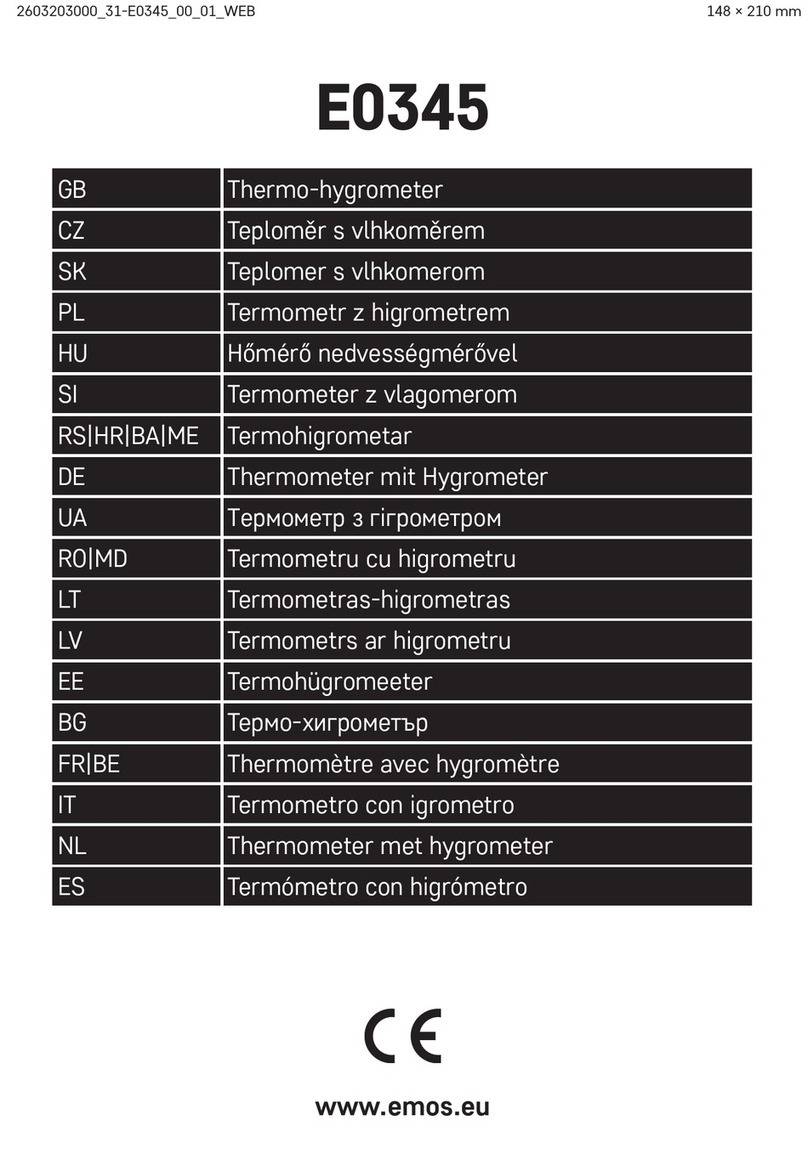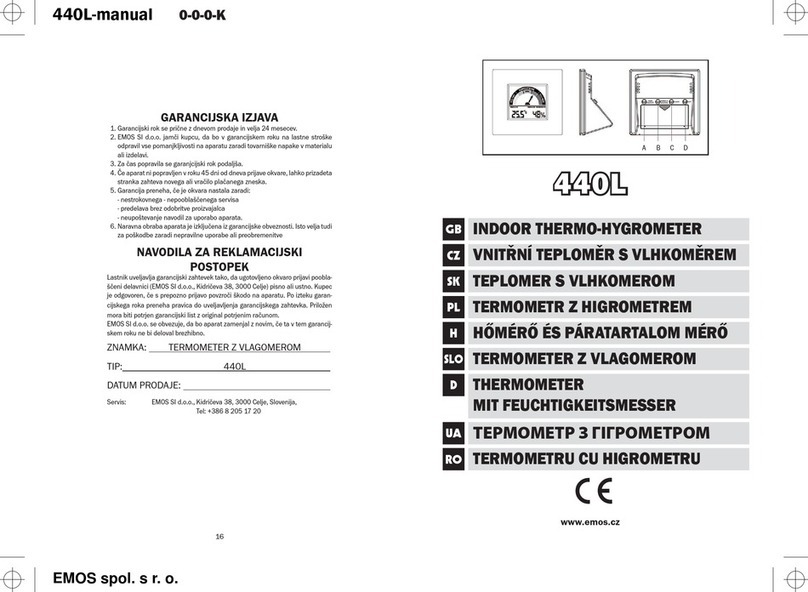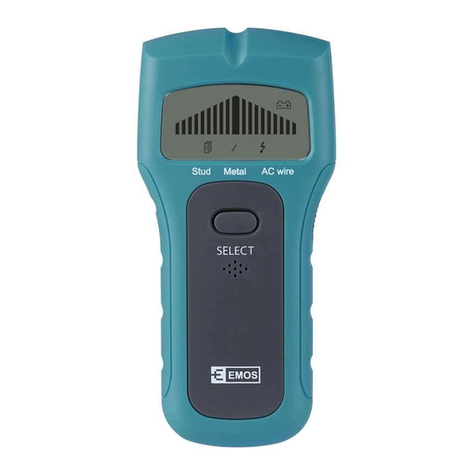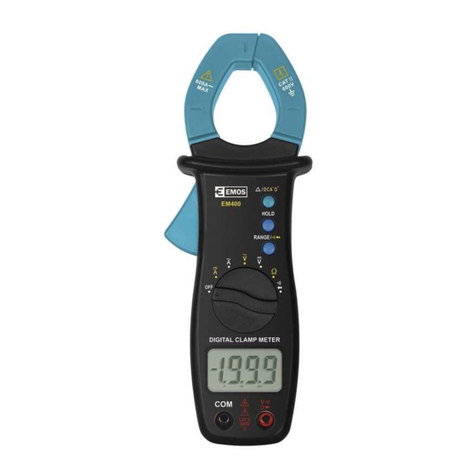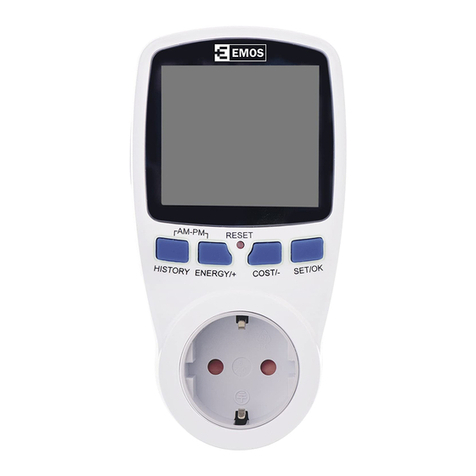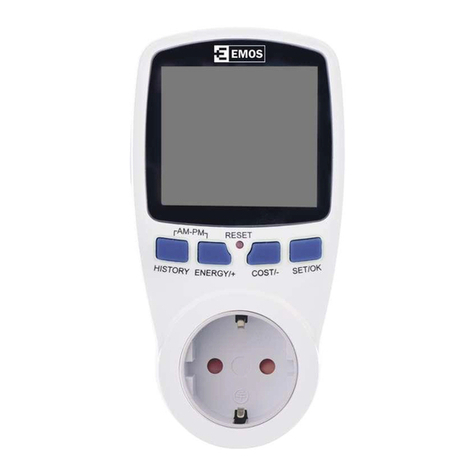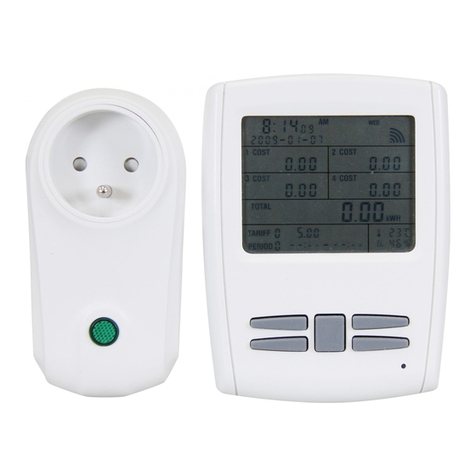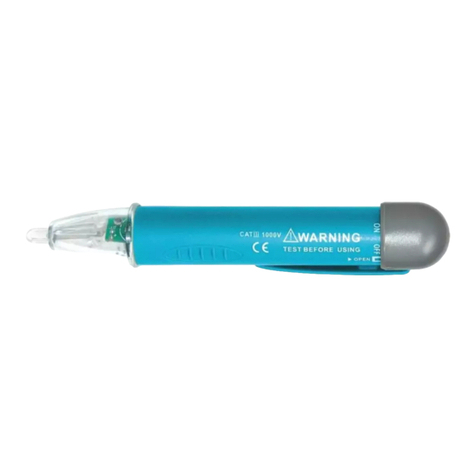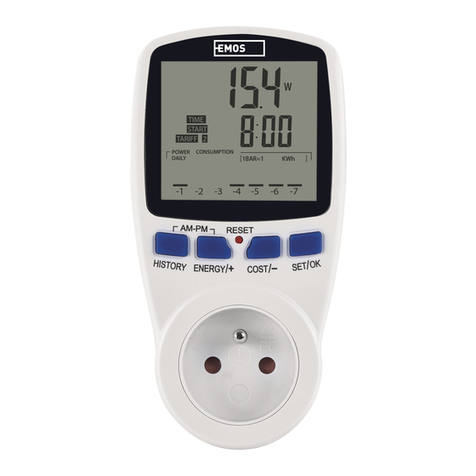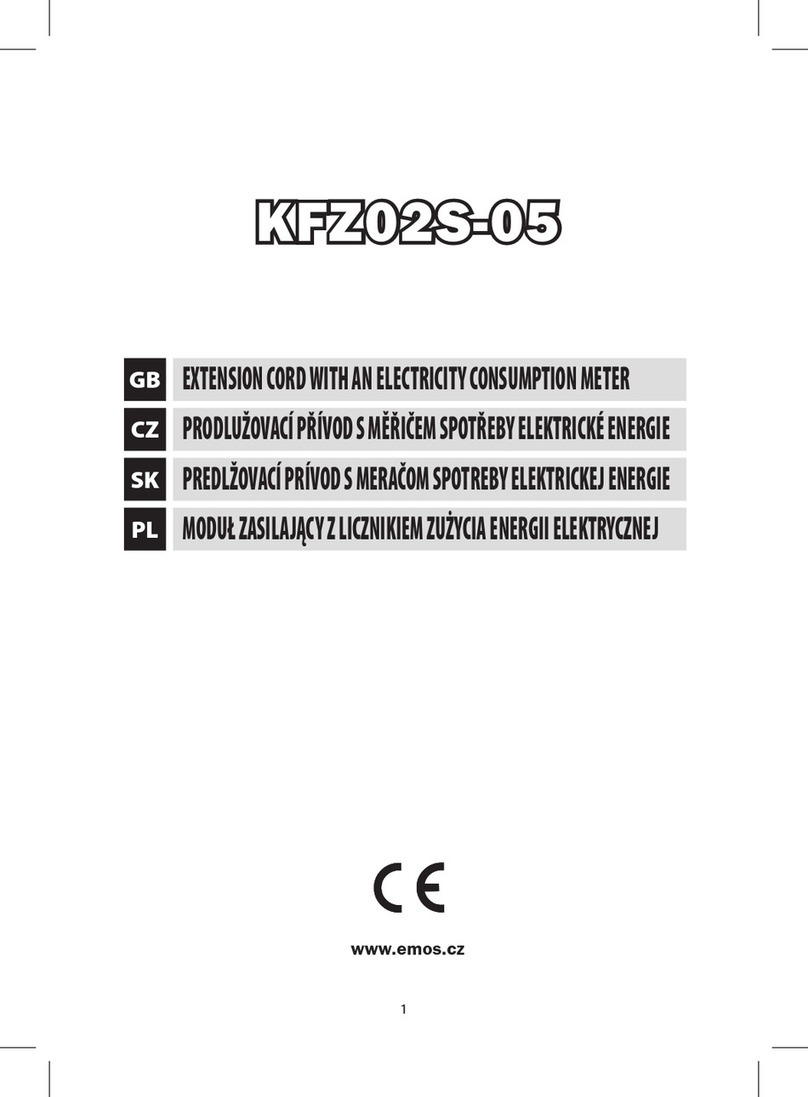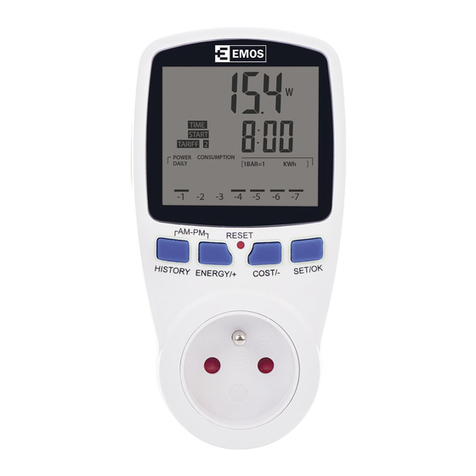
3
Short press the TEST button; the measuring graph will quickly ash on the screen and an audio signal
will sound – two rapid beeps.
The detector is now calibrated for the wall‘s thickness and you can begin detecting hidden objects.
An icon of the selected type of object will be ashing on the screen.
Slowly move the detector along the wall.
When the graph columns start getting closer to the centre column, you are approaching the object
you are looking for.
If all the columns of the graph are full and a constant audio signal can be heard, mark this location.
Then, proceed in a similar fashion but approach the object from the other side.
Once an audio signal sounds, mark this location.
The object you are looking for is located between these two positions.
If you are looking for a wooden object, the procedure is the same as in the instructions for „Detection
of Hidden Objects“.
Once the detector nds the object, mark its position.
To make sure the object is made of wood, switch to metal ( ) detection using the SELECT button.
Search for metal in the same spot. If the detector nds nothing, the object is made of wood.
If it does detect the object, then it is made of metal.
Turning the Detector O
Long press the SELECT button to end measurement and turn o the detector.
Flat Battery
If the battery in the detector is at, the display will show the icon.
Replace the battery.
A at battery can cause errors or inaccurate measurement results.
Warning
Test the detector before use by detecting the positions of known piping or power lines.
If in doubt, always contact a qualied civil engineer.
If the detector detects alternating current ( ), do not drill in this spot under any circumstances!
Risk of injury by electrical current.
Always turn o power if you are working in the vicinity of AC conductors.
Shielded conductors or live conductors placed in metal tubing, in metal-plated walls or in thick walls
will not be detected.
The device also will not detect telephone cables, TV cables, cut o cables or cables not under live
voltage.
The device is designed for detecting live 110/230 V~ electrical conductors. It will also detect the
presence of live conductors with voltage above 230 V~.
Remember that doors and windows are usually built of several types of material. Adapt your meas-
urement methods to this fact.
If the wall does not have a at surface at the point you wish to measure, place a piece of cardboard
paper on the wall.
Make measurements with only one hand. Do not approach the detector with your other hand.
If there is wallpaper on the wall containing metal particles or bres, the measurement results may
be distorted.












